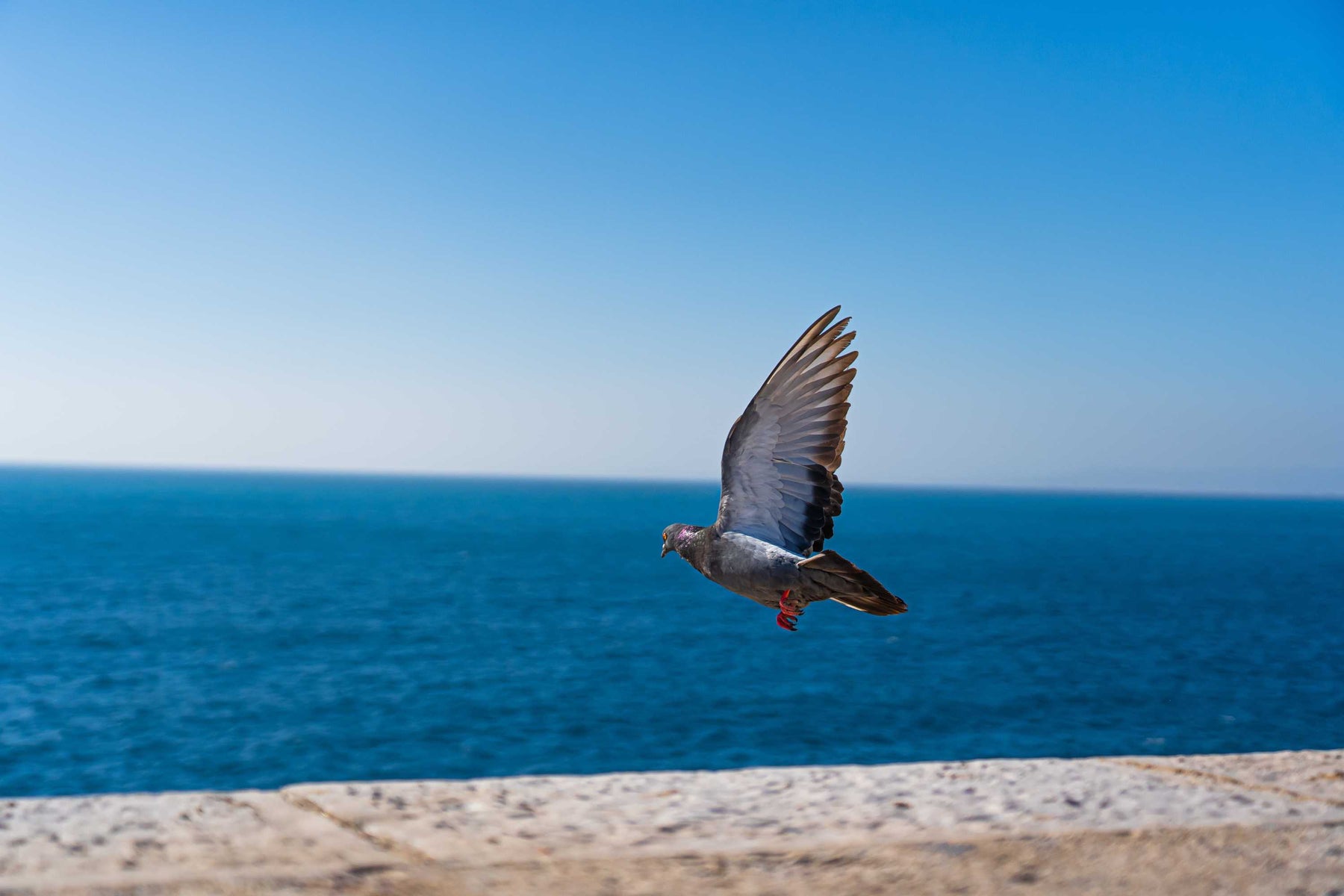
The Art of Bird Watching: Essential Tools and Techniques
Master the Art of Bird Watching with Essential Tools and Techniques
Bird watching is a popular hobby for nature enthusiasts and photography enthusiasts alike. Whether you're a beginner or an experienced birder, having the right tools and techniques can enhance your bird watching experience and help you spot and identify a wide variety of bird species. In this article, we will explore some essential tools and techniques that will help you become a master bird watcher.
1. Binoculars
One of the most important tools for bird watching is a good pair of binoculars. Binoculars allow you to see birds up close and in detail, making it easier to identify different species. Look for binoculars with a magnification of at least 8x and a wide field of view. This will allow you to see birds clearly and track their movements.
2. Field Guide
A field guide is a book or app that contains information about different bird species. It typically includes illustrations or photographs, descriptions, and maps of the birds' habitats. A field guide can help you identify birds based on their appearance, behavior, and habitat. Choose a field guide that is specific to your region or the areas where you plan to go bird watching.
3. Smartphone Apps
In addition to a physical field guide, there are several smartphone apps available that can assist you in bird identification. These apps use image recognition technology to identify birds based on a photograph or sound recording. They also provide additional information about the bird species and can even track your bird sightings. Some popular birding apps include Merlin Bird ID, iBird, and Audubon Bird Guide.
4. Camera
If you enjoy photography, a camera can be a valuable tool for capturing beautiful bird images. Look for a camera with a telephoto lens that allows you to zoom in on birds from a distance. This will help you capture close-up shots without disturbing the birds or getting too close. Don't forget to be patient and wait for the perfect moment to take a photo.
5. Note-taking Materials
Keeping a birding journal or notebook is a great way to record your bird sightings and observations. Take notes about the birds you see, their behavior, and any interesting facts or observations. This can be a helpful resource for future reference and can also contribute to citizen science projects by reporting your sightings.
6. Patience and Observation
Perhaps the most important tools for bird watching are patience and observation. Take your time and be alert to your surroundings. Look and listen for bird activity such as calls, songs, and bird movements. Pay attention to the details and try to learn about the birds' behavior, feeding habits, and preferred habitats. The more you observe and familiarize yourself with the birds in your area, the better you will become at spotting and identifying them.
By mastering these essential tools and techniques, you can enhance your bird watching skills and become a true birding enthusiast. Remember to respect the birds and their habitats, and always practice ethical birding by not disturbing the birds or their nesting sites. Happy bird watching!
